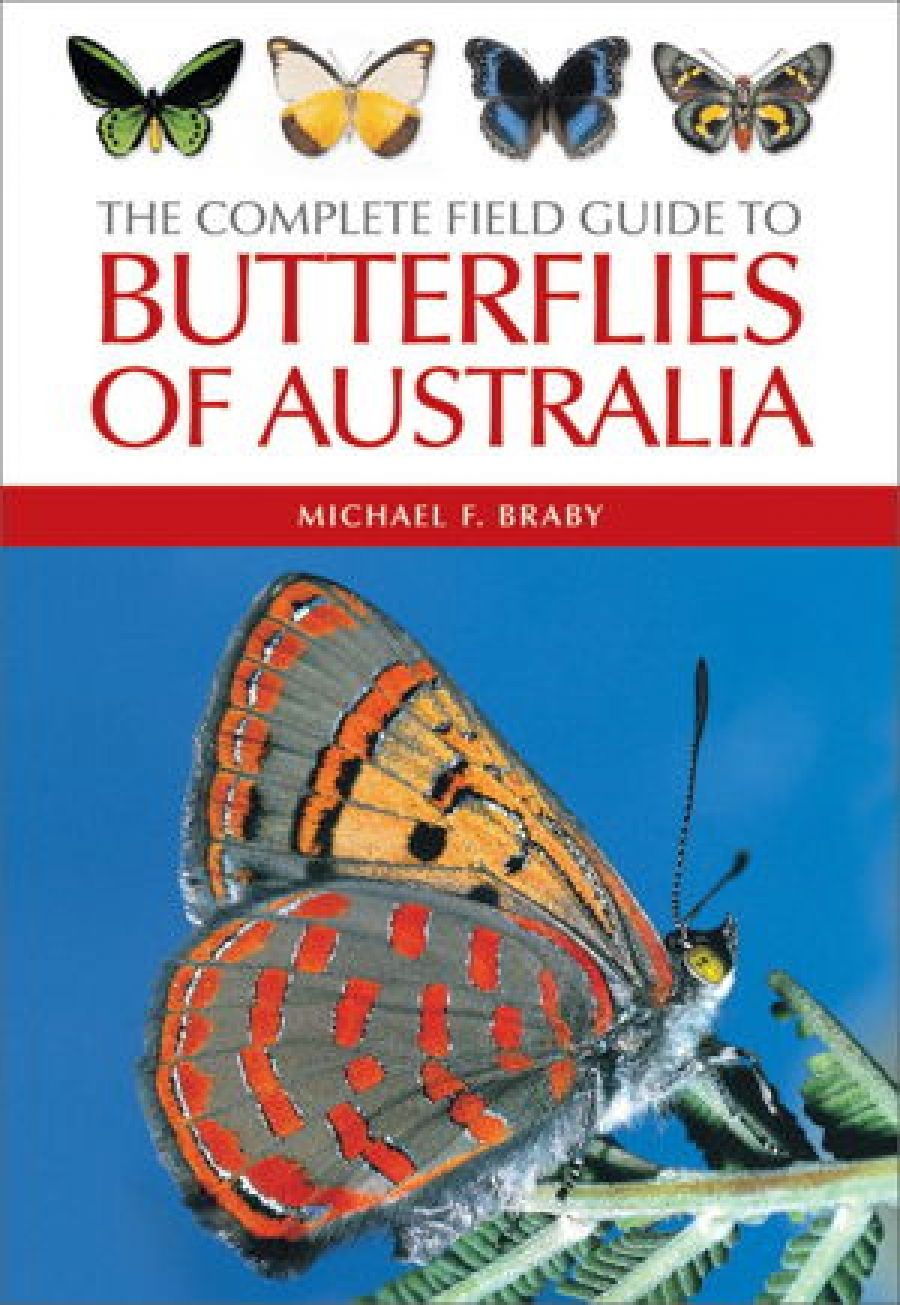
- Free Article: No
- Contents Category: Natural History
- Review Article: Yes
- Article Title: Moonbeams and eggflies
- Online Only: No
- Custom Highlight Text:
Butterflies are perhaps the most agreeable of insects: harmless, highly visible, diurnal, brightly coloured and almost whimsical in their movements. Because of these qualities, they have attracted considerable attention from naturalists and artists throughout recorded history. Since Victorian times, their diversity and natural history have been documented in great detail – more than for any other group of invertebrate animals. Butterfly collecting was a popular pastime until recent decades; many a colonial home contained a wood cabinet with neat rows of carefully pinned butterfly specimens. More recently, butterflies were the subject of the first nationwide biological atlas scheme: the Atlas of British Butterflies conducted through the 1970s by the British Biological Records Centre. This project drew upon the energy of 2000 butterfly enthusiasts across the British Isles to record the presence of species in ten-kilometre grid cells. The biological atlasing concept has subsequently been applied to other groups, particularly birds and flowering plants.
- Book 1 Title: The Complete Field Guide to Butterflies of Australia
- Book 1 Biblio: CSIRO Publishing, $39.95 pb, 339 pp
- Book 1 Cover Small (400 x 600):

- Book 1 Cover (800 x 1200):

To this extent, butterflies can be considered the invertebrate equivalent of birds. As for birds, the taxonomy of butterflies is highly developed, with numerous variants described and named as species or subspecies. And some wonderful common names have been applied to butterflies: in Australia we have, among others, fritillaries, jezabels, glasswings, skippers, darts, flats, triangles, demons, monarchs, emperors, cruisers, eggflies, moonbeams, knights and even albatrosses!
Butterflies are typically tropical insects. Our largest and most colourful species are mostly found in north-eastern Australia; 271 of the 398 Australian species are found north of Townsville, and 226 of those occur north of Coen. However, butterflies can be found throughout the continent and in most environments, although diversity is low in arid regions.
Ideally, a field guide is a tool that allows non-specialists to identify species with confidence whilst in the field. In turn, this empowers people to contribute to the accumulation of scientific knowledge (for example, by contributing to distribution mapping schemes), and to participate more effectively in the conservation of biodiversity. Australia is now well serviced with comprehensive quality field guides to all classes of vertebrate animals (mammals, birds, reptiles, amphibians and freshwater fish). Michael Braby, an entomologist based at the Australian National University, has now provided an excellent guide to the group of invertebrates that most lends itself to field identification, the butterflies. In the preface, Braby states that the book aims ‘to provide a reliable way to identify the adult stage of all butterflies in Australia, particularly while in the field’. He has succeeded admirably. The guide covers all 398 species recorded from the Australian continent, plus a further eighteen known from Australia’s political territories.
The guide follows what has become the standard layout for bird field guides, with all the information about each species placed on a two-page spread: species account, distribution map, activity chart and colour images. Species within each of the six families are presented in systematic sequence, and the pages describing members of each family are neatly identified with coloured marginal tabs. For each species, the text provides an indication of size (wingspan), a list of similar species and details of their diagnostic features, details of behaviour, habitat, conservation status and larval food plants. A clear distribution map and a chart showing the months in which adults are active complete the biological information. On the facing page are clear, usually life-sized, colour photographs of specimens of each species, showing the upper-wing and under-wing of both sexes. These images are uniformly sharp and clear, with excellent colour rendition. Where necessary, subspecies are indicated by a dot colour-coded to the distribution map to indicate regional variation. The inclusion of lists of important larval food plants is valuable for those searching for a particular species, or keen to attract butterflies to their garden. Which leads me to my only criticism of the book: the lack of information on the caterpillars of each species or genus. Many of these are spectacular, and have fascinating life-history strategies, which would have rounded out the book.
Introductory sections cover butterfly morphology and its terminology, butterfly identification, life cycles, and distribution and habitat. The line drawings of body structures used in identification are sharp and clearly labelled. The book is compact, well designed and printed on high-quality paper that provides great clarity in all illustrations. The checklist of all currently accepted species and subspecies of Australian butterflies is a particularly valuable component for the more serious butterfly enthusiast. A concise glossary of technical terms and a bibliography complement the book. Altogether, this is a very welcome addition to the stable of Australian field guides.


Comments powered by CComment